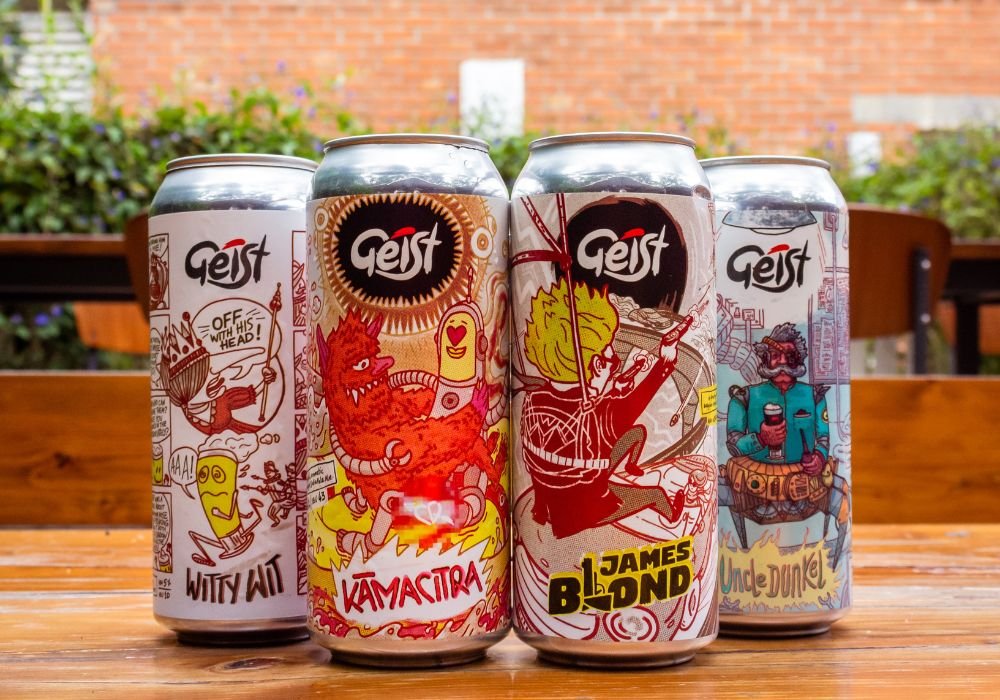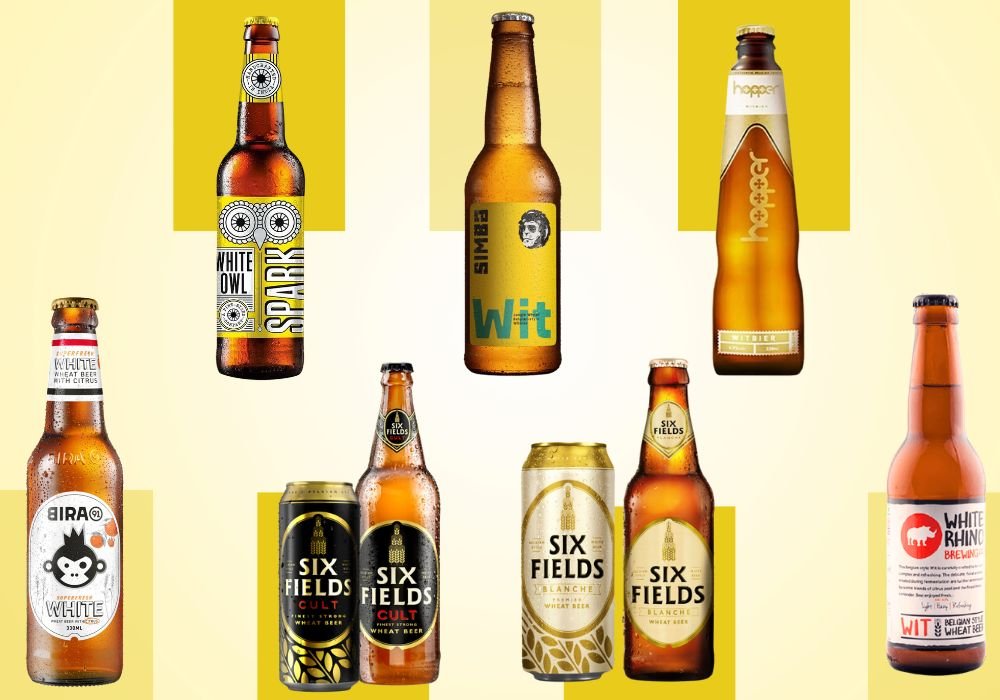A Hoppy Journey: Beer Styles Simplified
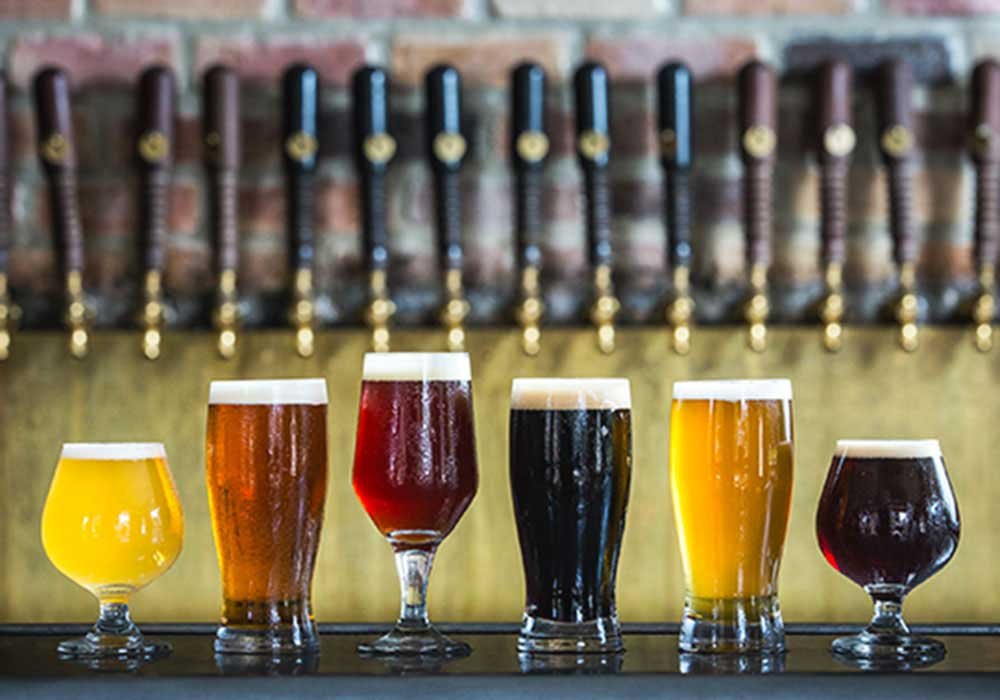
The burgeoning of microbreweries throughout India, combined with an ever increasing number of millennials who are fascinated by the craft varieties, is leading to a beer revolution in India. According to the All India Brewers Association, craft beer sales are expected to grow at a CAGR of 20% which is significantly higher than the overall beer market CAGR of around 5%. Thus, it becomes evident that our generation is lured by the ‘elixir of life’ that suits our varied palates. But how much do you actually know about the different beer styles, you are so much in love with?
This article is written keeping the amateur beer enthusiast in mind, so that the next time when you visit a brewpub (and I hope that happens soon), you are better equipped for that immersing experience.
Beer Styles
Beer can be classified into two major categories. The first category of beer is Ale and the second category of beer is Lager. All the other beers are subtypes of the two. Let’s look into the different styles one by one:
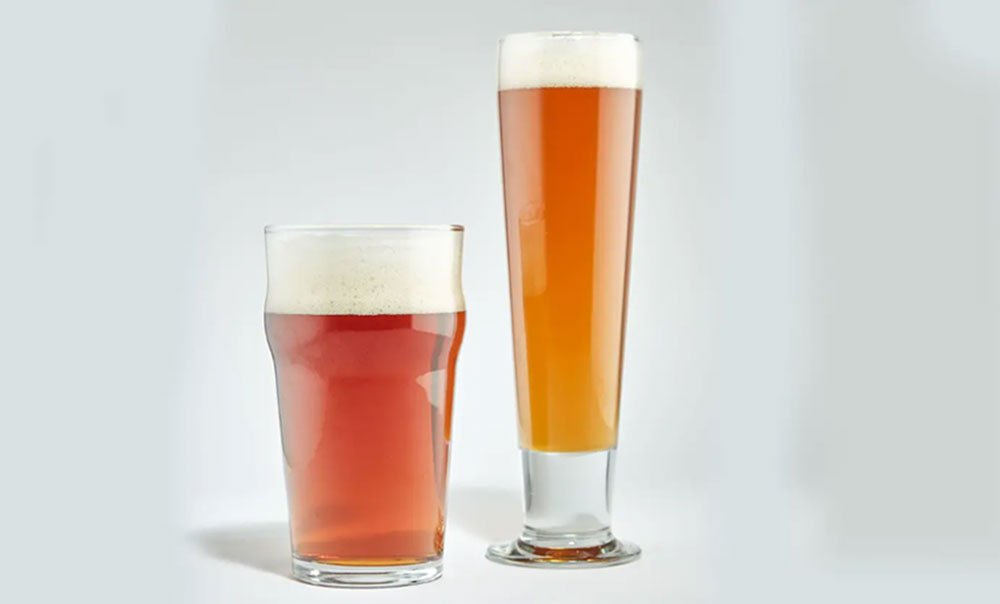
1. Ale: Ale, also known as traditional beer is brewed by using the top fermentation method, wherein the yeast stays at the surface of the vessel. The fermentation usually occurs at a temperature of 18-25° C, and the yeast used is Saccharomyces Cerevisiae. This yeast produces a by-product named Ester, which gives Ale a flowery and fruity taste and aroma.
2. Lager: Lager, also known as cold-conditioned beer is brewed by using the bottom fermentation method, wherein the yeast accumulates at the bottom of the tank. The fermentation usually occurs at a
temperature of 0-5° C, and the yeast used is Saccharomyces Pastorianus. Lagers are generally crisp and have a dominant hop flavour, making the beer taste bitter.
Famous Ale Beers
1. Belgian Ale: Originating from the beer capital of the world, this could be of a range of colours, alcohol levels, flavour profiles etc. The most common Belgian Ale is the Belgian Blonde Ale.
Belgian Blonde Ale
[table id=16 /]
2. Dark Ale: The dark ales are British type beers. With a robust coffee and malty flavour profile these are infused with Nitrogen for smoother texture. The common dark ales are Stout and Porter.
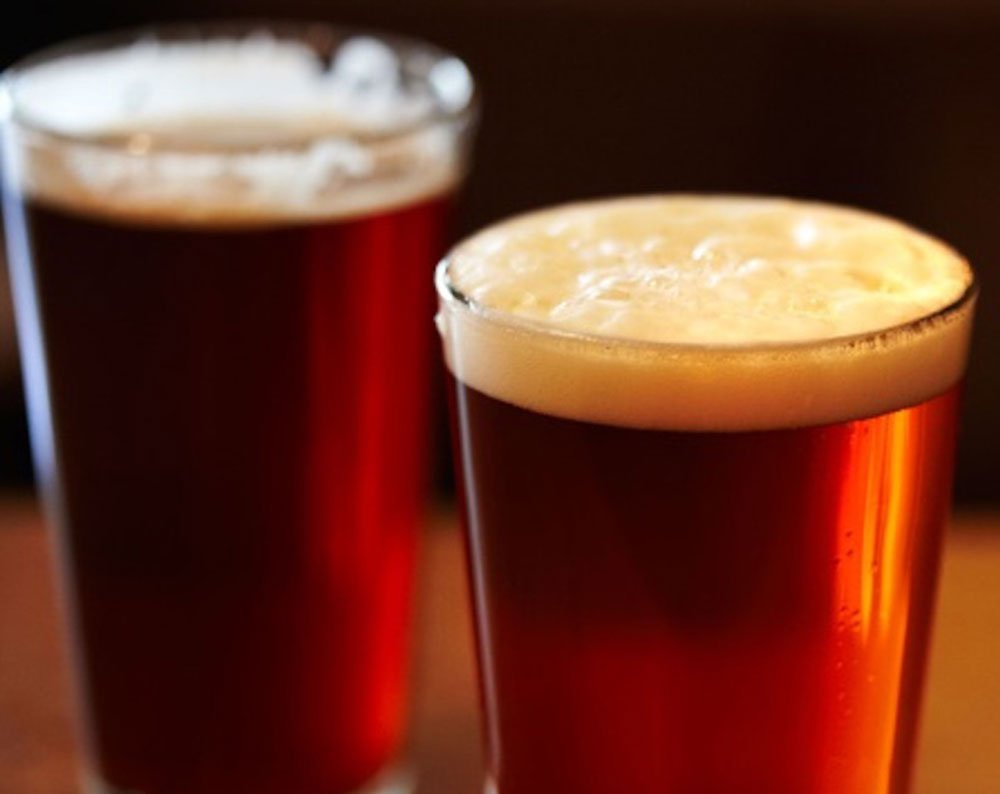
Stout-Porter
[table id=17 /]
3. Kolsch: Kolsch comes from Cologne, Germany. A delicate beer style which is like an Ale-Lager hybrid in terms of quality. The most common Kolsch is the German-Style Kolsch.
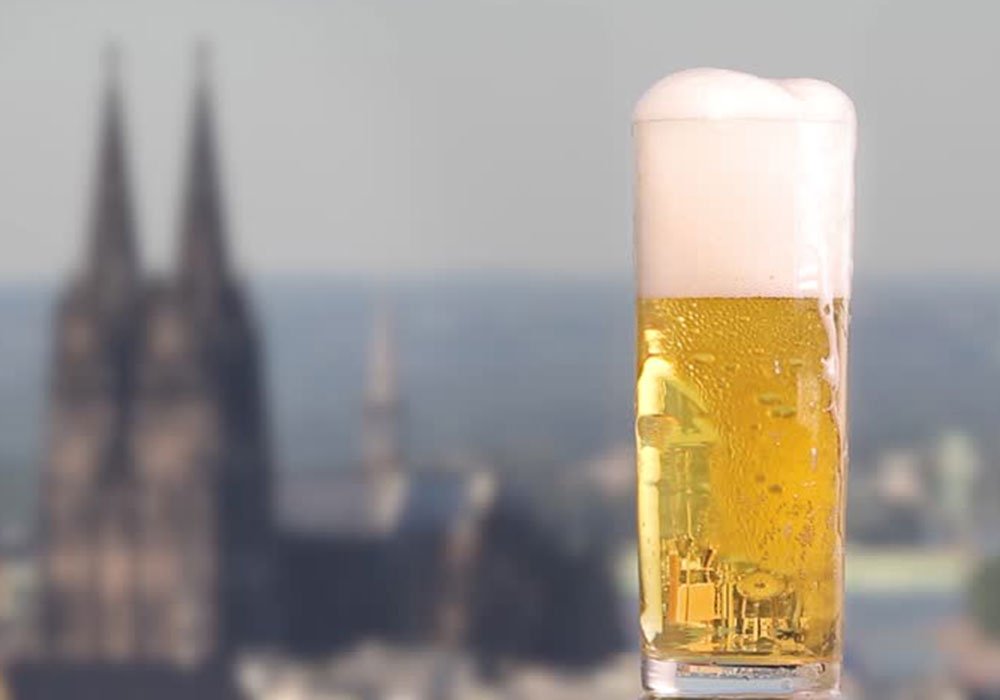
German-Style Kolsch
[table id=19 /]
4. Pale Ale: An English style beer usually of a lighter colour. Made from dried malt with high-carbon coke resulting in a lot of variety. The most common being the India Pale Ale.
India Pale Ale
[table id=20 /]
5. Wheat Beer: Originating from Belgium and Germany, this is made with a large portion of wheat combined with barley. One of the most common varieties being the Belgian Witbier.
 Belgian Witbier
Belgian Witbier
[table id=21 /]
Famous Lager Beers
1. Pilsner: Originating in Czech Republic, this is a pale lager. It’s one of the most iconic beer styles in modern history, the most common beer of Pilsner style being the German-Style Pilsner.
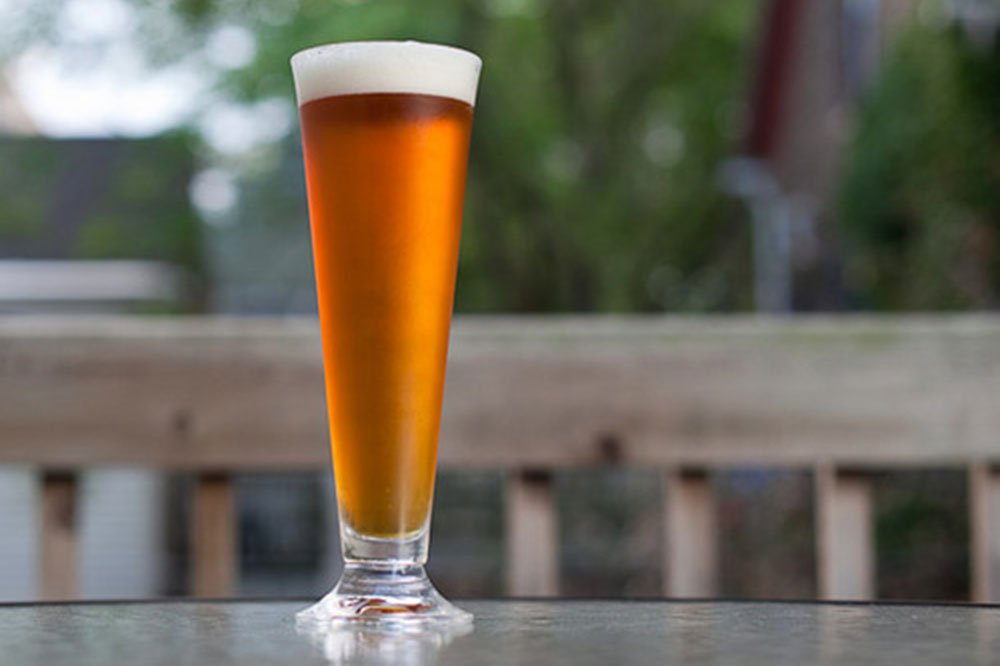
German-Style Pilsner
[table id=22 /]
2. Bock Beer: Bock is a strong lager originating in Germany. This is also primarily a dark beer with several subtypes. The most famous being the German-Style Bock.
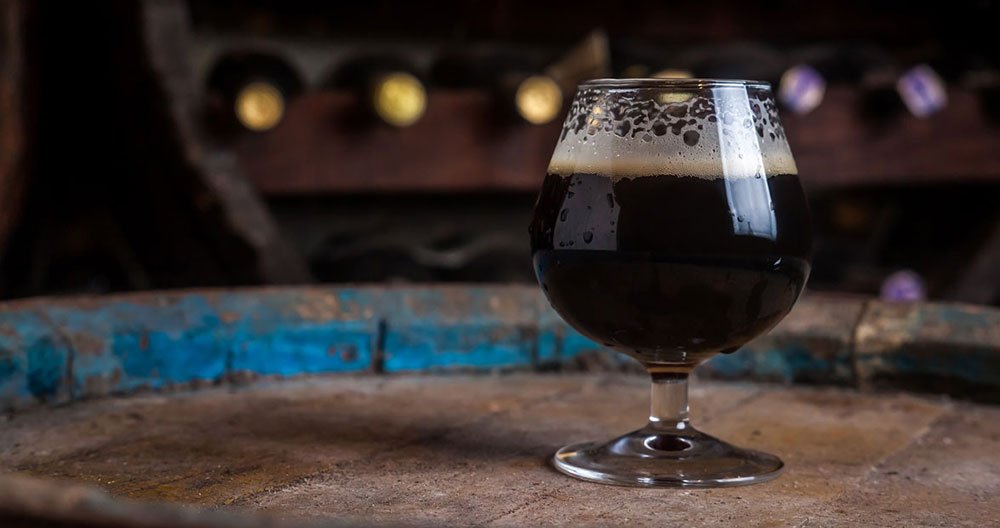
German-Style Bock
[table id=23 /]
3. Oktoberfest Beer: Originating in Germany and famously served at the Oktoberfest celebrations, this beer is rich in malt. Also known as the German-Style Marzen.
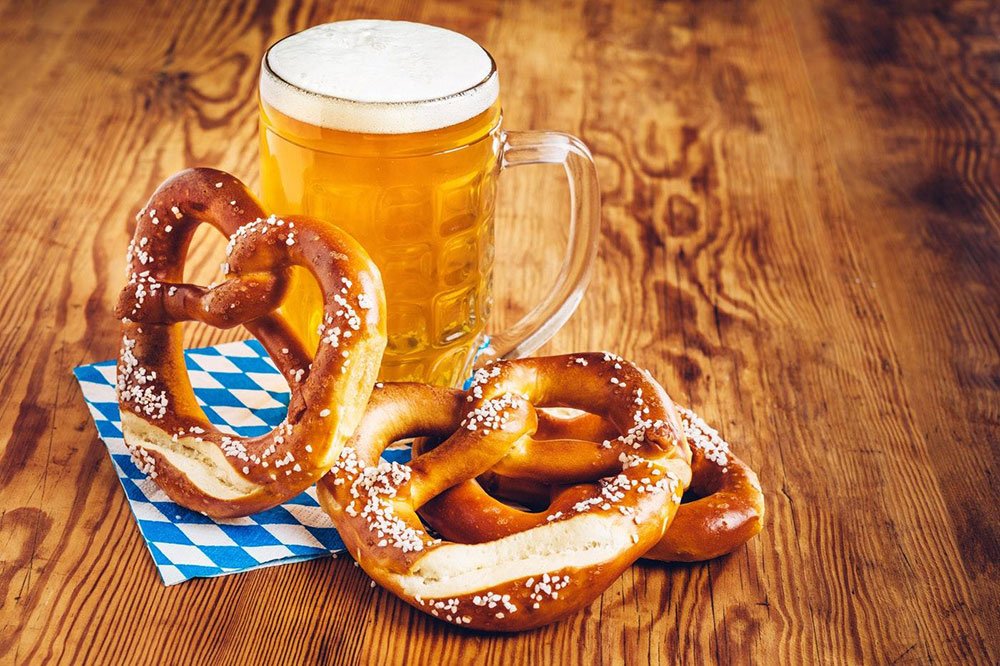
German-Style Marzen
[table id=24 /]
*Alcohol By Volume (ABV): Standard measure of alcohol
*International Bitterness Units (IBU): Standard measure of bitterness
*Standard Reference Method (SRM): Standard measure of colour intensity
So, the above given styles are the most commonly found beer styles and the ones you definitely need to know about. The next time you enter into a brewpub, you would exactly know what to order. The Beer World is fascinating and there are many other subcategories of beers as well, but I think this should be good enough for now. I hope you enjoyed the ‘Hoppy Ride’ and learnt a few things from this article.
Trust me, it seems very charming when you could just tell everything about the Beer just by looking at it.
Just so you know! 😉
 About our guest writer:
About our guest writer:
Rishiraj Singh Sethi, an MBA graduate from NMIMS School of Business Management, Mumbai describes himself as a Beer aficionado and has been keenly interested in the ‘Beer World’ for quite a while now.
He can be found on Instagram as @rishiraj_sethi




